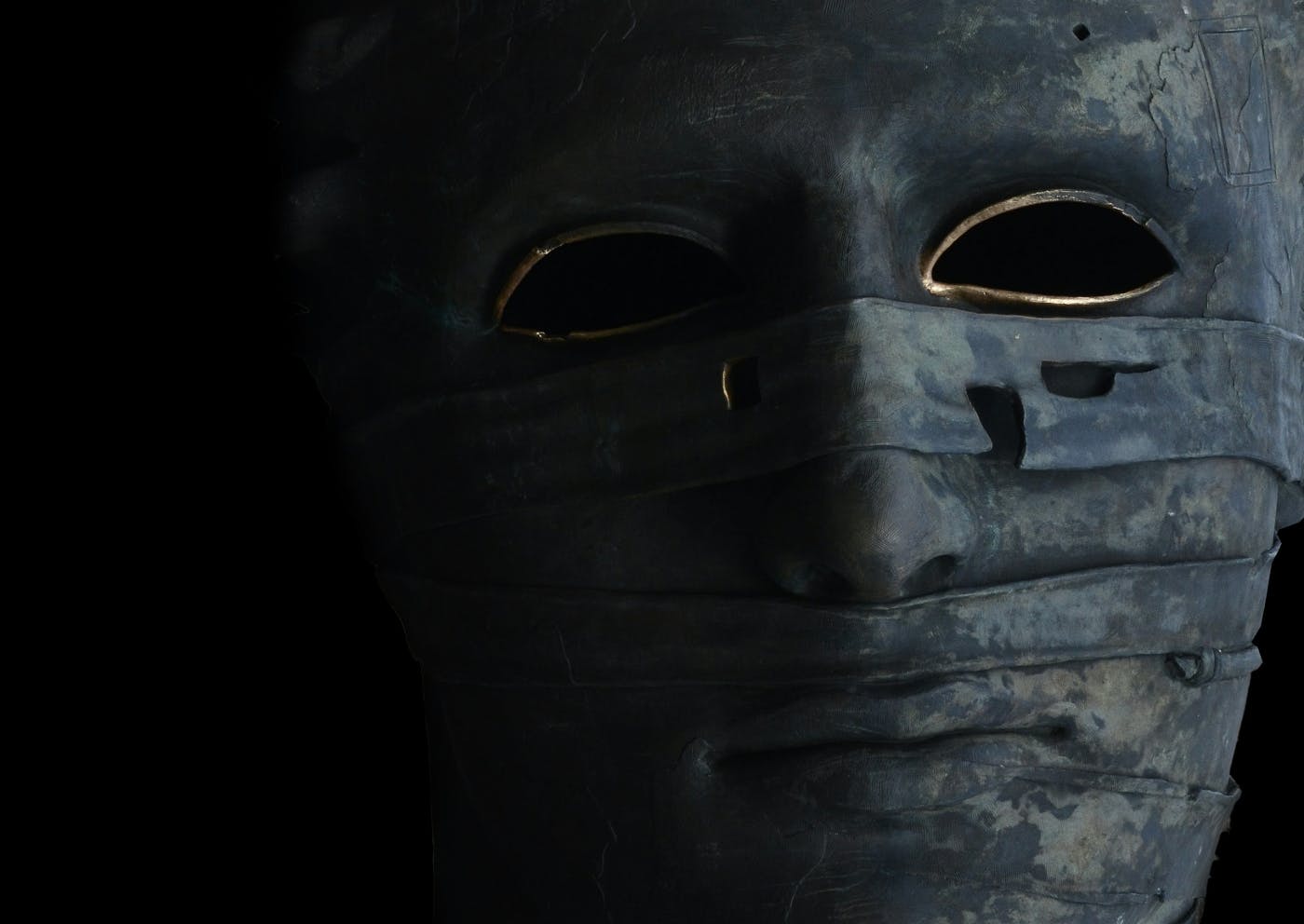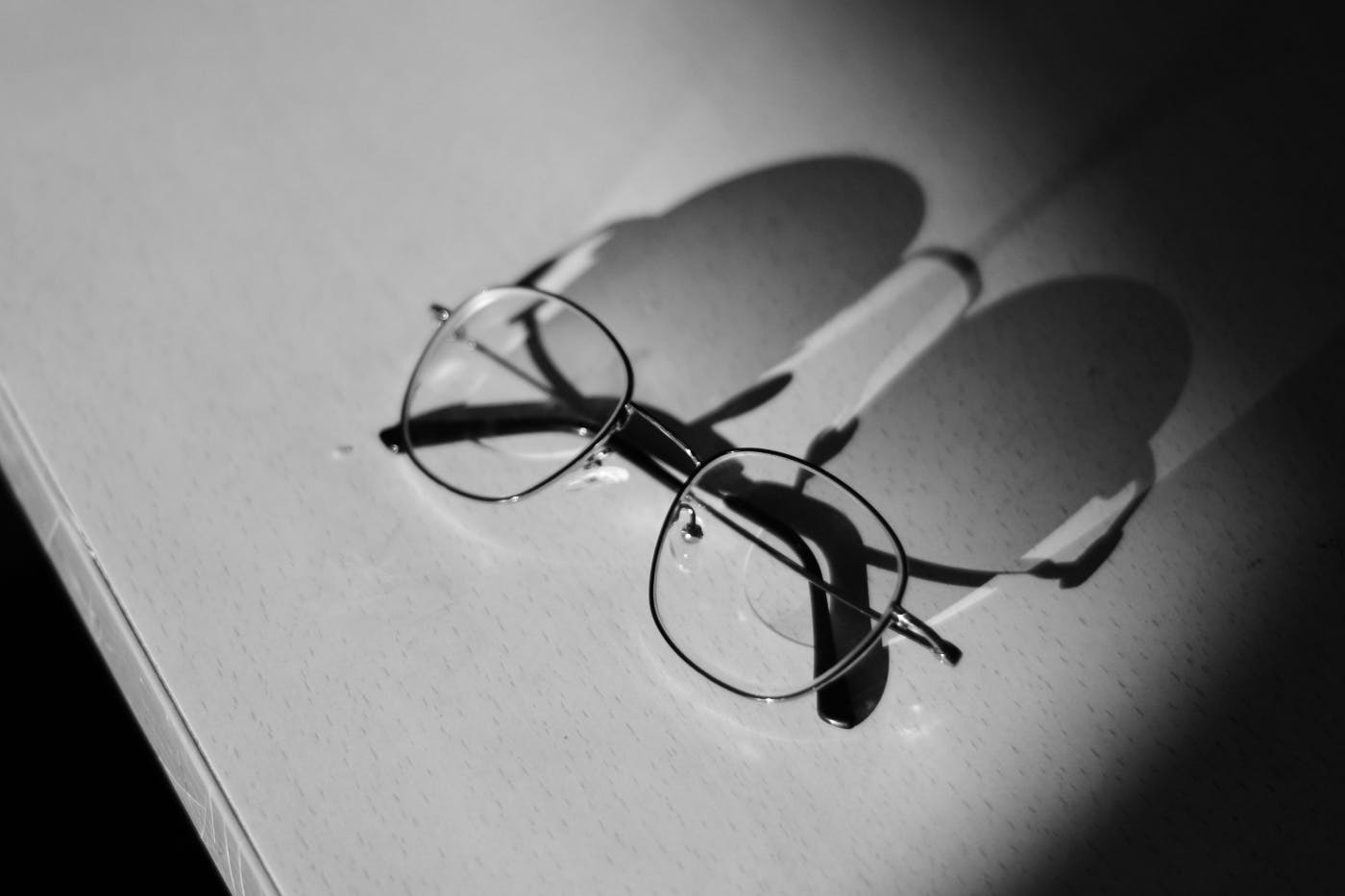
Today, differentiation has collapsed under the weight of its own ubiquity. Everyone is claiming to be faster, smarter, simpler, cheaper, cleaner, more advanced, more sustainable, more thoughtful, more inclusive.
The place was called Buds. It was a constant in my childhood memories. A big store in a small seaside town that sold everything. It sold boats, fishing gear, lamps and lanterns, beach chairs, beach blankets, pails and shovels, umbrellas, boat engines, and, of course, the back wall with hundreds of apple baskets filled with penny candy. Literally penny candy. Like you’d get this little brown bag, and with a quarter, you could get twenty-five pieces of candy. And the variety. Goodness, a young boy’s dream.
The store was dusty and cramped. The floor was permanently covered with sawdust. But everyone who lived in that town and every tourist who passed through made an appearance in Buds. It smelled of summer, freedom, and possibility.
Decades later, I was back in that town, wandering, trying to find glimpses of my childhood when I walked into the town square and saw … Buds. Same location, same basic structure, but now, it looked like a Walmart or a Target. The floors were clean, and the aisle had signs telling you what was in there, and the penny candy was replaced by regular bars of chocolate, and the apple baskets were gone. The store was spiffy and clean, and the people who worked there wore vests and name tags. It was all new and improved. “It’s better this way,” the clerk behind the counter told me. “You can move around easily, the place is clean, and no dogs wander in any longer. It’s better, believe me.”
It was the “believe me” that troubled me. Like he was reciting the mantra of the new and improved. I had to believe this guy that the place, the place of my childhood, the place of nostalgia and romance, which was now whitewashed into submission, was better than before.
It wasn’t, despite these protestations to the contrary; it was not better. No one was going to remember this place. No one was over taken by the quaint and seaside perfection that was now antiseptic and “normal”. What made Buds Buds was now mostly gone. And this new version, this “better” version, was just a vague simulacrum of what used to be. Now, Buds was a picture postcard in my mind. This new version, with fluorescent lights and aisle markers, was not better, and it certainly was not Buds. It was no longer memorable and unique; it was now recognizable, unremarkable, soulless, but, hey, now it’s better.
Whatever that means.
I’ve thought a lot about that version of Buds. The cleaner, brighter, allegedly better version. And I realized: this is exactly what’s happening in branding.
Everyone’s trying to be better. But in doing so, they’re becoming the same.
Let’s talk about why differentiation—the thing we were all taught to chase—has started to collapse.
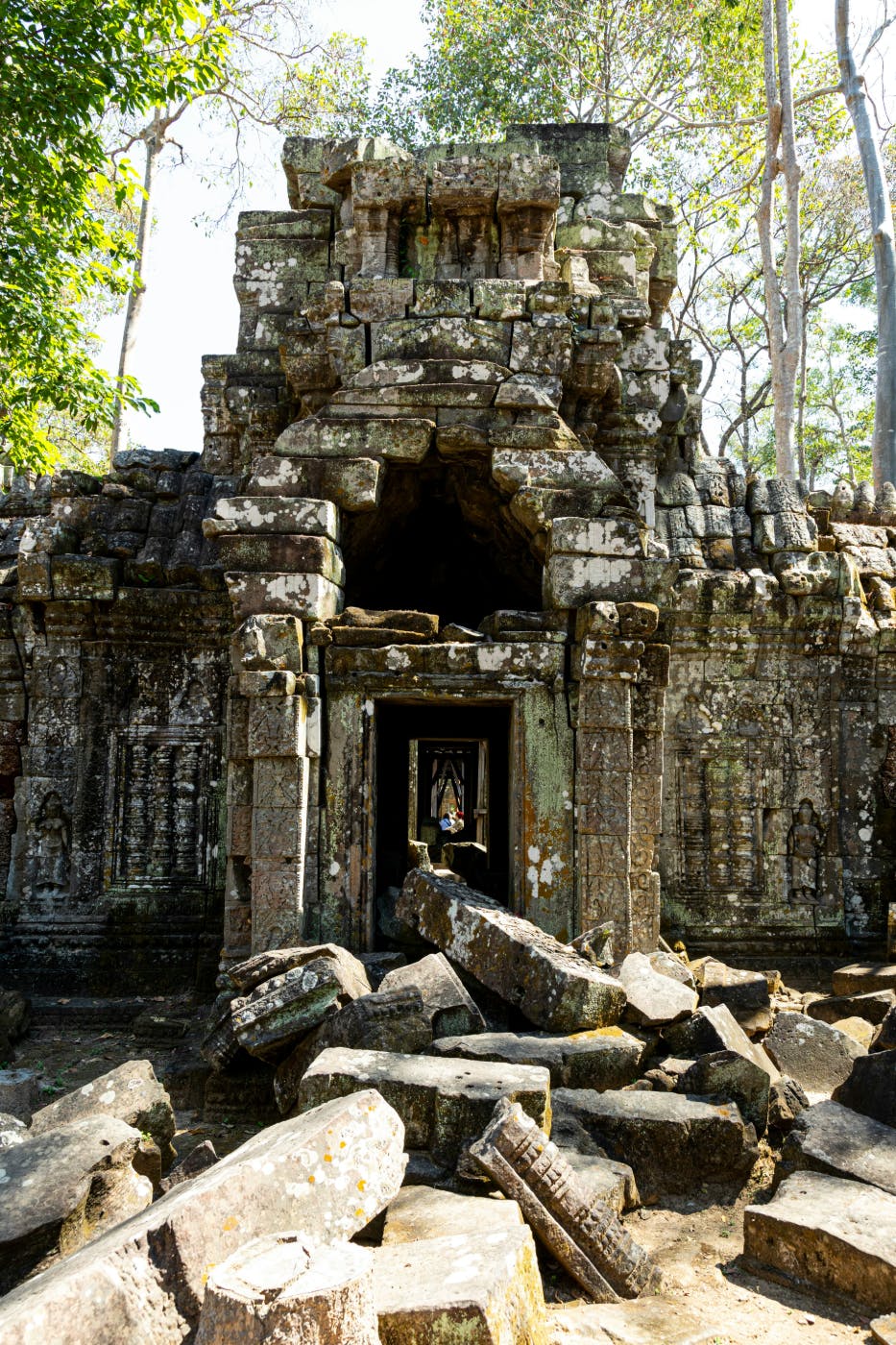
Why Differentiation Has Collapsed
Once upon a time, being different was enough.
A product had a unique feature. A service delivered faster. A brand took a slightly smarter tone or used a bolder color. And that edge—small as it might have been—was enough to create distance from the pack.
Not anymore.
Today, differentiation has collapsed under the weight of its own ubiquity. Everyone is claiming to be faster, smarter, simpler, cheaper, cleaner, more advanced, more sustainable, more thoughtful, more inclusive. In the race to be “better,” brands have landed in a strange place: indistinguishable.
Here’s why:
1. Product parity is real.
Features are easy to copy. Technologies spread quickly. “Innovations” go from breakthrough to baseline in a matter of months, sometimes days. Your edge today is your category’s expectation tomorrow.
2. Messaging has become a blur.
Marketing language is recycled and interchangeable. Swap out the logos on most websites and you’d never know the difference. Everyone promises value. Everyone cares about customers. Everyone tells stories. But nothing sticks.
3. The speed of imitation erases advantages.
In a hyperconnected world, originality has an expiration date. Bold ideas are co-opted fast, aesthetic trends go viral overnight, and campaigns that once turned heads now barely turn up in the algorithm.
4. Being “better” is subjective.
Even when a brand is technically better, it often doesn’t matter. People don’t remember specs or proof points—they remember what stands out. And “better” just doesn’t stand out.
This is the paradox: brands are working harder than ever to improve, and yet they’re blending into a crowd that’s all improving in the same ways.
Being different used to mean being better. Now, being better just makes you invisible.
So what actually gets remembered?
Let’s talk about distinctiveness.
Defining Distinctiveness
If differentiation is about being better, distinctiveness is about being seen—and, more importantly, remembered.
It doesn’t matter if your product is technically superior if no one recalls your name when it counts. The truth is, people rarely make decisions based on spreadsheets. They choose what’s easy to notice, easy to recognize, and easy to recall under pressure.
Distinctiveness isn’t about superiority. It’s about memory.
This is a shift many brands struggle with. We’ve been conditioned to chase better, faster, smarter, newer, more. But when the market gets crowded and everyone’s shouting into the same void, the loudest claim doesn’t win. The most distinctive brand does.
And here’s the kicker: people don’t remember “better.”
They remember bold.
They remember weird.
They remember clear.
Distinctiveness lives in the things that aren’t easily benchmarked:
- A voice that breaks the pattern
- A symbol, shape, or phrase that becomes a shortcut for the whole brand
- A feeling you get when you see, hear, or touch it—even if you can't explain why
- A brand that shows up the same way, again and again, even as the world changes around it
It's not about being radically different from your competitors. It’s about being recognizably you—every time, everywhere.
Because people don’t choose the best brand.
They choose the brand they remember.
And in a market that moves as fast as ours, memory is everything.
Distinctiveness isn’t magic. It’s not luck or viral alchemy. It’s a system—built deliberately, reinforced consistently, and protected over time.
So what does that look like in practice?
Let’s break it down.
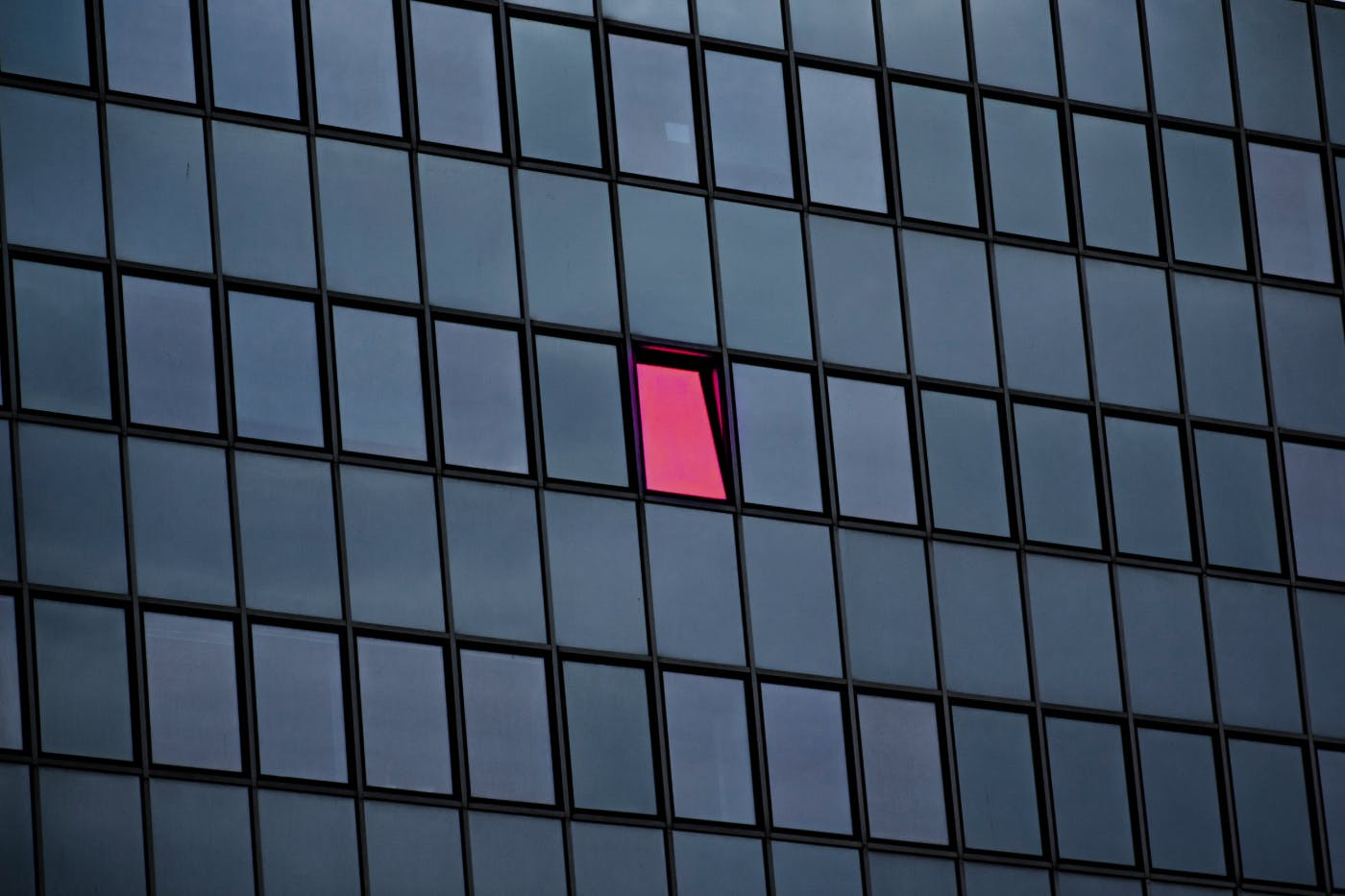
What Distinctive Brands Do Differently
While most brands chase improvement, distinctive brands chase imprint. They don't just aim to be liked—they aim to be remembered. And they understand that consistency is not creative confinement—it's strategic power.
Here’s what they do differently:
1. They build ownable sensory codes
Distinctive brands own something visual, verbal, or sonic, and repeat it relentlessly. A single color (Tiffany blue). A tagline you can’t unhear (The happiest place on Earth). A shape, a sound, a gesture. These aren’t just design choices. They’re memory anchors.
Most brands aim for “on-trend.” Distinctive brands aim for instantly recognizable.
2. They occupy brave, creative territory
Distinctive brands don’t sound like anyone else—and they’re okay if not everyone likes them. They use humor, tension, clarity, or contradiction to carve out emotional space. They don’t hedge. They commit. That voice becomes a character in the customer’s mind.
While others polish, distinctive brands puncture.
3. They train every touchpoint to reinforce, not dilute
It’s not just the ad campaign. It’s the email footer. The packaging. The confirmation message. The hold music. Distinctive brands treat every detail as part of the story—and ensure that every piece feels like it came from the same world.
They don’t confuse “fresh” with “fragmented.”
They understand that repetition is reputation.
4. They don’t abandon what’s working
Many brands get bored with their own assets before the market has even noticed them. Distinctive brands don’t flinch. They understand that just because you’re tired of it doesn’t mean your audience remembers it yet.
They know that familiarity breeds trust—and eventually, love.
Distinctiveness doesn’t require genius. It requires commitment. It’s not about finding something no one’s ever done. It’s about finding something only you would do—and doing it everywhere, every time, without apology.
Case Studies: Distinctiveness in the Wild
The best examples of distinctiveness aren’t necessarily luxury brands or tech disruptors. They’re the ones that leaned into their weird, their voice, their character, and never let go. Here are four brands that didn’t try to be “better.” They became unforgettable.
Crocs
Once the punchline of the footwear world, Crocs leaned into its absurdity and came out on top. While competitors chased performance or lifestyle status, Crocs owned what made them distinct: unapologetic comfort, strange aesthetics, and loyal fans. They partnered with high fashion and cartoon franchises without blinking. Now? They’re a cult. A meme. A brand nobody forgets—even if they never wear them.
Liquid Death
It’s water. In a can. That looks like beer. With branding that feels like a death metal album. Liquid Death took the most commoditized product imaginable and turned it into a rebellion. Their voice is aggressive, absurd, and deliberately over-the-top. They don’t say “hydrate.” They say “murder your thirst.” And somehow, it works. Because they don’t market water, they market identity.
Dyson
While most tech brands speak in jargon and specs, Dyson speaks in design. Their products look like they were engineered on another planet—and that’s the point. Their distinctive product shapes, quiet confidence, and minimalist tone give the entire brand a futuristic clarity. You don’t need to understand how a Dyson works to know what it is. You just need to see it.
Lego
Lego didn’t just survive the toy industry’s constant churn—it transcended it. Through consistency in color, brand system, tone, and creative invitation, Lego became more than a toy. It became a language. They’ve expanded into media, retail, education, and still, the brand feels whole. Distinctive not because it changes often, but because it doesn’t have to.
These brands didn’t win because they had the best features or the lowest prices. They won because they committed to something unmistakable—and repeated it until the market had no choice but to remember.
No Patagonia. No apologies.
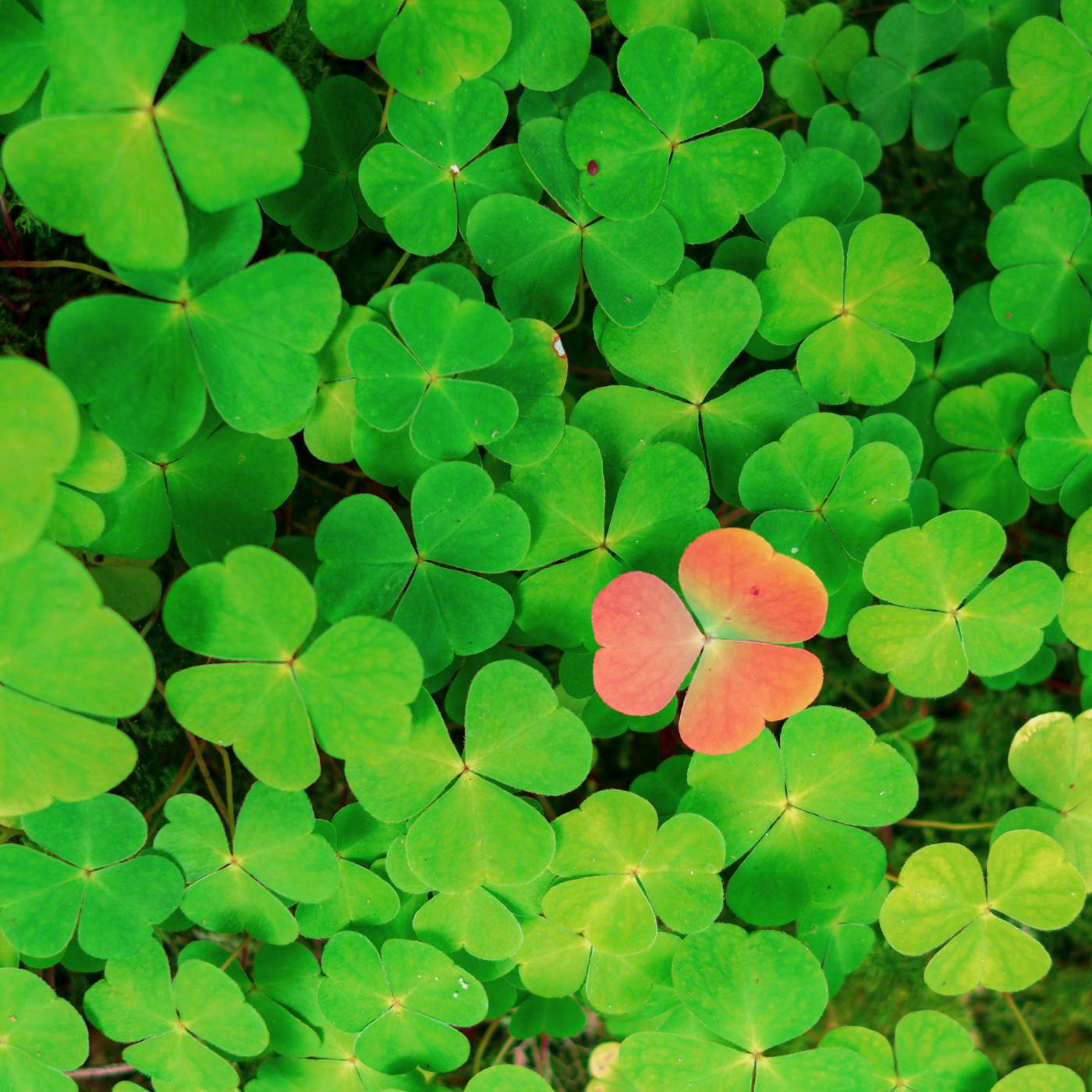
Designing for Distinctiveness
Distinctiveness isn’t a happy accident. It’s a decision—and a discipline. It’s not about being louder. It’s about being unmistakably you, everywhere your brand shows up.
Here’s how brands can begin building for it:
1. Audit your category’s codes—and break one
Every category has unwritten rules. Tech is sleek and cold. Finance is blue and safe. Wellness is pastel and quiet. Start by mapping the visual, tonal, and structural norms of your space. Then choose one to subvert. That act of defiance is where memory begins.
2. Build a single unusual asset
Pick one thing and make it yours. A weird shape. A surreal mascot. A disruptive voice. A design system with friction. Don’t dilute it. Don’t apologize for it. Build equity into it until it becomes part of how people see you—even when your logo’s not there.
3. Codify, don’t conform
Distinctiveness thrives on consistency, not conformity. Create your own internal playbook for how your brand sounds, looks, and behaves—and protect it. Great brands don’t tweak their tone every campaign. They build equity through repetition and nuance.
4. Think in moments, not campaigns
Design for the tiny, often overlooked moments. The unsubscribe message. The packaging insert. The app loading screen. These are places where distinctiveness hides—and where brands earn lasting attention. Campaigns come and go. Moments stay with people.
5. Make peace with polarization
Distinctiveness isn’t about pleasing everyone. It’s about being clear to someone. If no one dislikes what you’re doing, odds are no one remembers it either. Stand for something. Show some edge. The brands we love most were never built to be neutral.
Distinctiveness doesn’t need to be complex. It needs to be yours.
And if you build it right, you won’t have to remind people what makes you different.
They’ll just know.
Summing Up: Memorability Over Superiority
“Better” is no longer enough. In fact, it may never have been.
Brands that fixate on being incrementally better—faster, cleaner, cheaper, smarter—end up in an endless race with no finish line. Because someone will always come along claiming the same thing, with slightly newer packaging and a shinier pitch.
But distinctiveness? That’s harder to steal. Harder to copy. Harder to forget.
The brands that win aren’t always the ones with the best product. They’re the ones who have imprinted something. A feeling. A symbol. A tone. Something that makes people say, “I know who that is,” before they’ve even seen the logo.
At ThoughtLab, we believe the future belongs to brands that stop chasing better and start owning memorable.
Because when your brand is distinctive, you don’t have to fight to be chosen.
You just have to show up.
